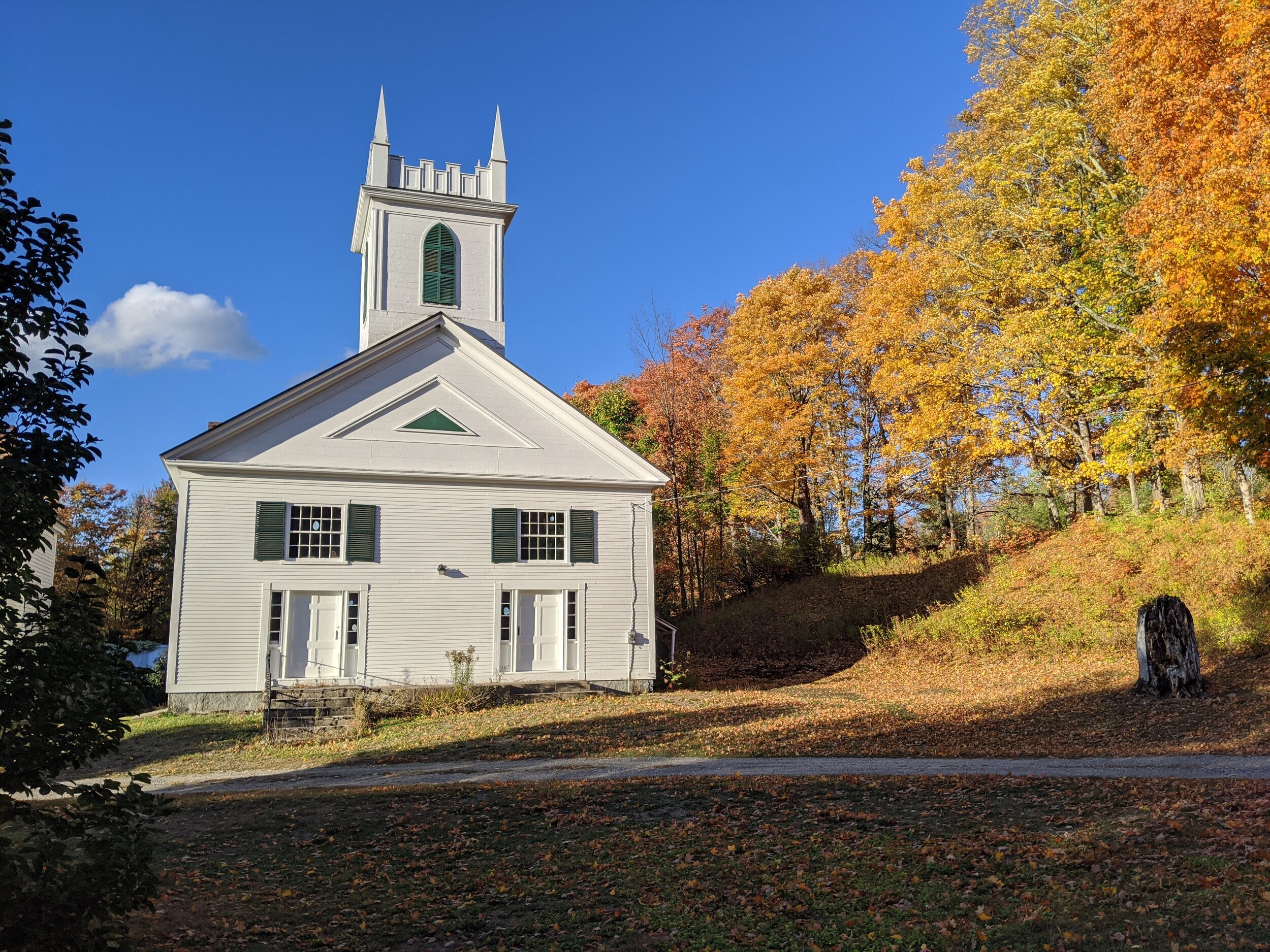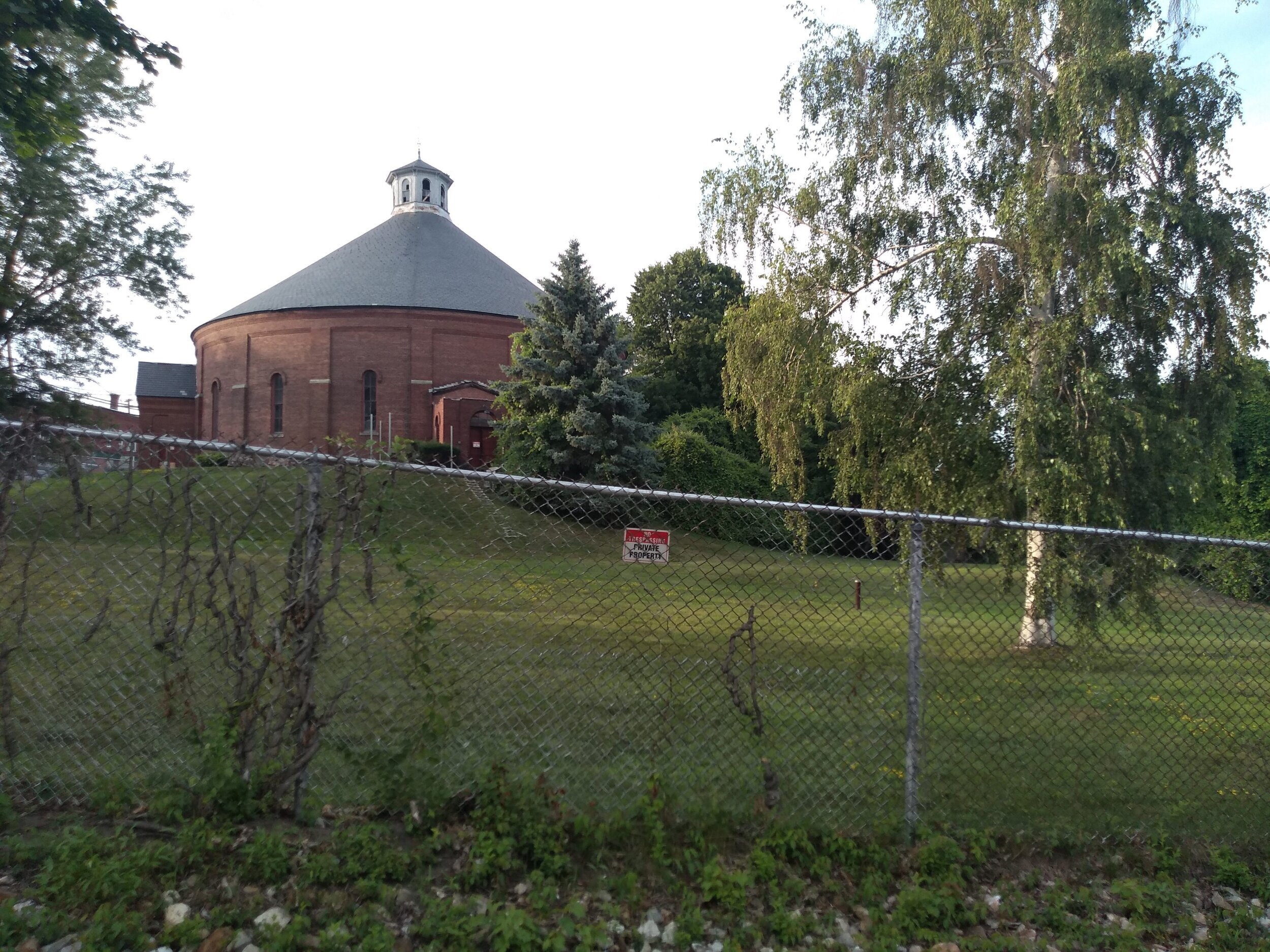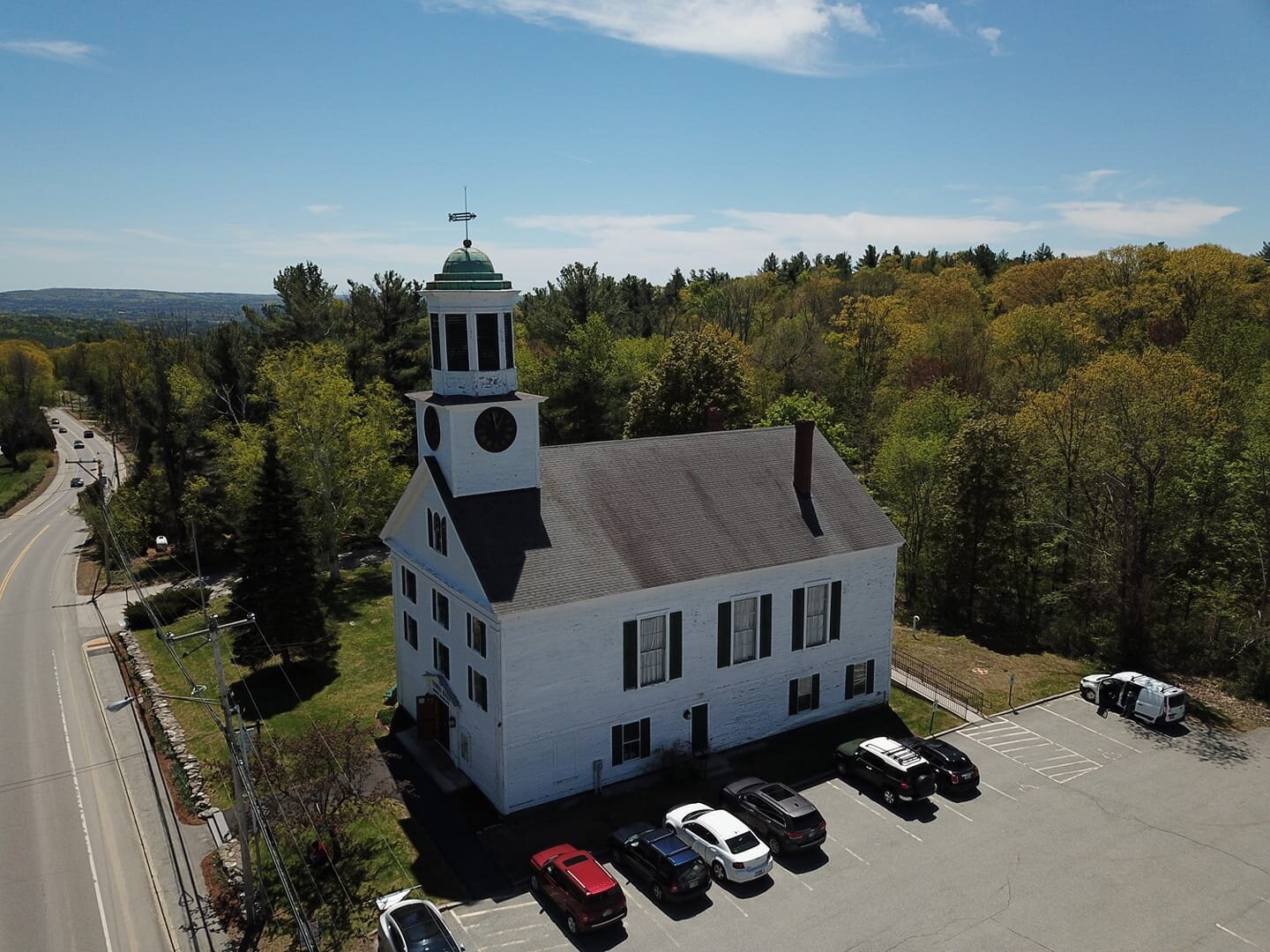Pandemic Highlights Importance of Community Landmarks and Main Streets: New Endangered List Announced
The New Hampshire Preservation Alliance announced its 2020 Seven to Save list on October 20th highlighting vulnerable historic resources and related threats to community life and economic well-being during the pandemic. All of the listees need transformative investment to become viable community assets again. “We need these places to survive and thrive,” said Nicholas Mitchell, chair of the board of directors of the Preservation Alliance. “These landmarks are the heart and soul of our daily life and feel even more important during these uncertain times,” he said.
Preservation Alliance leaders also emphasized that our small towns and historic buildings give our state its distinctive and appealing character. “The mix of old and new building stock, as well as the design and scale of historic main street buildings, attract varied ages and types of people, help incubate small businesses and create attachments to communities that boost economic vitality,” said Jennifer Goodman, the Preservation Alliance’s executive director.
The Seven to Save list for 2020 features these endangered historic structures and resources:
Judge Ripley House, Colebrook: This c. 1870 Greek Revival residence was facing demolition before its purchase by the Canaan School District Building Construction & Restoration Carpentry program. As a hands-on project for high school students, it needs additional financial support to rehabilitate the house and rebuild the carriage barn. This project combines next-generation workforce development and community investment to save a valuable in-town building.
St. Joseph Church, Laconia: Although recent community pressure has postponed this downtown landmark’s demolition, its future is uncertain after two parishes combined and left this imposing 1929/30 granite structure vacant. Built to serve the city’s Irish-Catholic immigrant population, generations remember the many masses, weddings, and funerals that took place here, and are hoping for a solution with the Catholic Diocese of Manchester that will allow a compatible re-use rather than destruction.
Langdon Congregational Church: Reviving this 1842 Greek and Gothic Revival building is a crucial step in maintaining the historic village center of this tiny rural community. New members and volunteers are poised to begin the complex process of rehabilitation to assure its continued use, beginning with the failing foundation and floor structure, and then making extensive improvements so the building will meet all life safety and building codes. Funding assistance is critical to success.
Mont Vernon Town Hall: Built in 1781 from oak timbers supplied by local farmers, then moved across the street and expanded with a second story, this center of civic life and home to town offices and the historical society needs a major investment to keep it viable for public use. Structural and foundation work are required, as well as electrical, fire safety, heating and energy-efficiency upgrades. Expanded public support—the town has only 600 property owners—and additional resources will help with the planned phased rehabilitation approach.
Tilton Island Park Bridge: This graceful arch over the Winnipesaukee River, connecting Main Street to Tilton Island Park, is one of the town’s many gifts from wealthy benefactor Charles E. Tilton. A rare example of a combination cast-iron and wrought-iron truss bridge, it needs careful evaluation and repair in order to remain an asset for Tilton citizens and visitors, linking the downtown to a much-used public park, and helping to stem the tide of metal truss bridge loss statewide.
Gasholder Building, Concord: This distinctive round brick building with its tilting cupola, a landmark along I-93, has been neglected for decades. Current owner Liberty Utilities plans to apply for a demolition permit by the end of this year. Redoubling efforts to find an alternative, a city committee is exploring preservation and reuse options to save this rare survivor from the days of gas lighting. It is considered the last of its kind in the country, with its inner gas storage mechanisms intact.
New Hampshire’s Main Streets: Main streets across the state, vital to our economic and social well-being, are vulnerable and essential. COVID’s restrictions and changes have magnified the challenges they face —from theaters to sacred places to retail, dining and lodging establishments. Main street investment, especially in historic buildings and streetscapes, provides more property tax dollars per square foot than new construction. And it helps define communities, encourage community pride and engagement, attract families and tourists, and foster creative expression.
Since 2006, the Preservation Alliance's Seven to Save has helped attract attention and resources to irreplaceable landmarks around the state. Progress with the Chandler House in Manchester and the rescue of the Gale School in Belmont are two recent successes. More than half are considered out of danger or saved. Many owners and advocates for the former listees used the designation to help develop new solutions and secure new investments. Many places are in the process of rehabilitation, while others continue to need significant additional help. A few have been lost. Criteria for selection include: historical significance, imminence of threat, and potential impact of listing a site.
The New Hampshire Preservation Alliance is the statewide membership organization dedicated to preserving historic buildings, communities and landscapes through education and advocacy. For more information, visit www.nhpreservation.org.
Thank you to our generous sponsors: The Anagnost Companies; Chinburg Management, LLC; and TMS Architects. Also Bedard Preservation & Restoration, LLC; Ian Blackman Restoration & Preservation, LLC; , Dennis Mires, PA, The Architects; JLT Painting; Misiaszek Turpin, PLLC; Nathan Wechsler & Co.; TFMoran, Inc;. and Turnstone Corporation. And Altus Engineering, Inc., Arch Weathers Historic SashWorks, Cobb Hill Construction, Piscataqua Savings Bank, SMP Architecture, and Udelsman Associates.





